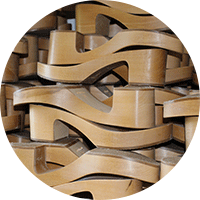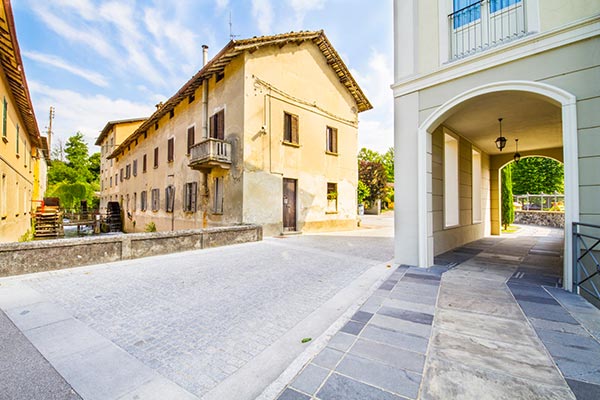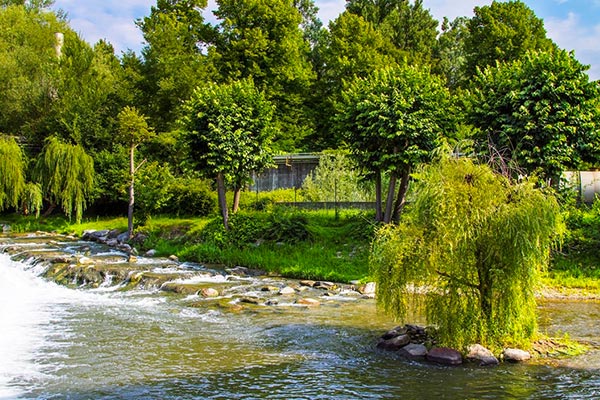is a municipality of about 4200 inhabitants in the Province of Como, in Lombardy.
Free Tour

BAGGERO ECO-VILLAGE
BAGGERO ECO-VILLAGE

BAGGERO WATER MILLS
BAGGERO WATER MILLS

SANGIORGIO CLOGS FACTORY
SANGIORGIO CLOGS FACTORY
HOW TO REACH MERONE
ASF Bus service
C 95 Erba – Bosisio Parini
By train:
Trenord railway station from Milano Nord Cadorna Regional Train R16 Asso – Seveso – Milano, stop at Merone
By car:
From Como: get SS 342 in direction to Lecco
From Lecco: get SS 36 in direction to Milan and exit at Bosisio/Merone/ Erba
From Milan: get SS 36 in direction to Lecco and exit at SS 342 in Nibionno
Discover Green Lands
A Project by
Comune di Erba capofila, Comune di Albavilla, Comune di Albese con Cassano, Comune di Alserio,
Comune di Eupilio, Comune di Inverigo, Comune di Lambrugo, Comune di Lurago d’Erba,
Comune di Merone, Comune di Montorfano, Comune di Orsenigo, Comune di Ponte Lambro, Comune di Pusiano,
Sistema Turistico Lago di Como, Lariofiere Como Lecco, Confcommercio Como.
The project “Distretto dell’Attrattività Turistica Expo Green Land” is born thanks to the Regional DDG “Distretti dell’attrattività turistica e commerciale” 14 July 2014. Project n. 52574412.




